Thesis
Grant : CIFRE with Kopadia
Start : May 2019.
Supervisers : Luc Jaulin and Simon Rohou
Title : Lie groups applied to localisation of mobile robots
Defense
Defense : 2022 July 6, 10 am, Brest, Amphi 1, ENSTA-Bretagne

Manuscript :

The defense starts at 10:00. Fifteen minutes before, open the Teams link :

Jury
Hélène Piet-Lahanier, Adjointe Scientifique ONERA, Rapporteur
Michel Kieffer, Professeur des Universités, Centrale-Supélec, Rapporteur
Nicolas Delanoue, Maître de conférence à l'Université d'Angers, Examinateur
Silvère Bonnabel, Professeur à l'école des Mines ParisTech, Examinateur
David Filliat, Professeur à l'ENSTA-Paris, Examinateur
Alexandre Chapoutot, Maître de conférence à l'ENSTA-Paris, Examinateur
Simon Rohou, Maître de conférence à l'ENSTA-Bretagne, co-encadrant
Luc Jaulin, Professeur des Universités, directeur de thèse
Thierry Grousset, PDG de Kopadia, invité
Rapport de Hélène Piet Lahanier : 
Rapport de Michel Kieffer : 
Rapport de soutenance : 
Abstract
With the development of offshore activities the costs of maintenance and monitoring of
offshore plants in terms of crew members, boats, and money has greatly increased and is
still growing dramatically. This encouraged the development of Autonomous Underwater
Vehicles (AUV). These are still very expensive because of the numerous high-end sensors
they need to embark to accomplish their missions. Thus their number is relatively low.
Therefore research is made to develop low-cost AUVs that could be produced in a larger
amount to perform the same missions. This thesis comes within the scope of this research
field. One of the main problems when dealing with AUVs is the localisation of the vehicle
which will be the one addressed throughout this work. To tackle it, we present a new
guaranteed integration method, which is more robust to the uncertainties on the initial
condition than the ones currently available, based on Lie symmetries. This method is
first presented through different simple theoretical examples. We then apply it on a the
localisation problem in a robotic context
Publications of Julien Damers
 Julien Damers, Luc Jaulin, Simon Rohou. Lie symmetries applied to interval integration,
Automatica (accepted).
Julien Damers, Luc Jaulin, Simon Rohou. Lie symmetries applied to interval integration,
Automatica (accepted).
 Julien Damers, Luc Jaulin, Simon Rohou. Guaranteed interval integration for large initial boxes,
SWIM 2019.
Julien Damers, Luc Jaulin, Simon Rohou. Guaranteed interval integration for large initial boxes,
SWIM 2019.
Séminaires satellites
La veille et l'après midi après la thèse, se tiendront les séminaires satellites.
Les exposés sont ouverts à un large public et traitent de thèmes proches de ceux
abordés par la thèse de Julien (calcul par intervalles, localisation, robotique sous-marine).
Mardi 5 juillet, 15:00. Nicolas Delanoue, Amphi 3.
Titre : Version tropicale du théorème de Putinar. Applications à l’optimisation globale.


Mercredi 6 juillet, 14:30. David Filliat, Amphi 3


Title: Improving data efficiency for machine learning in robotics.
Abstract : Machine learning is a key technology for robotics and autonomous systems,
in the area of sensory processing and in the area of control. While learning on large datasets for
perception lead to impressive applications, applications in the area of control still present many
challenges as the system to control remains slow and brittle. Reducing the required number of
interactions with the system is, therefore, a key aspect of the progress of machine learning applied to robotics.
We will present different approaches that can be used for this purpose, in particular approaches
for State Representation Learning that can help improve data efficiency in Reinforcement Learning.
Mercredi 6 juillet, 15:00. Hélène Piet Lahanier, Amphi 3


Title: Set theoretic approach for target localization and tracking using a fleet of drones
Abstract: Among the various applications for fleets of UAVs, searching and
tracking mobile targets remains a challenging task. This talk presents a
distributed
set-membership estimation and control scheme. This scheme relies on the
description of uncertainty and noise as bounded processes.
Constraints on the field of view, as well as the presence of false
targets, are taken into account. Each UAV maintains several set estimates:
one for each detected and identified true target, one for detected but
not yet identified targets, and one for not yet detected targets,
which is also the subset of the state space still to be explored. These
sets are updated by each UAV using the information coming from its
sensors as well as received from its neighbors.
A distributed set-membership model predictive control approach is
considered to compute the trajectories of UAVs. The control input
minimizing a measure of the volume of the set-membership estimates
predicted h steps ahead is then evaluated. Simulations of scenarios
including the presence of false targets illustrate the ability of the
proposed approach to efficiently search and track an unknown number
of moving targets within some delimited search area.
Mercredi 6 juillet, 15:30. Michel Kieffer, Amphi 3


Title: Localization of partially hidden targets using a fleet of
UAVs via robust bounded-error estimation
Abstract: In this talk, we address the cooperative search of static ground targets
by a group of UAVs over some region of interest.
The search strategy dependents on the availability and accuracy of the
information collected. When a target is detected,
a probabilistic description of the measurement noise is usually
considered, as well as probabilities of false alarm and
non-detection, which may prove difficult to characterize a priori.
An alternative modeling is introduced here. The ability to detect and
identify a target depends deterministically on the
point of view from which the target is observed. Introducing the notion
of detectability sets for targets, we propose a robust
distributed set-membership estimator to provide set estimates of target
locations. The obtained set estimates are guaranteed to
contain all target locations when the search is completed. The target
search is again formulated as a multi-agent cooperative control
problem where the control inputs are obtained using a Model Predictive
Control (MPC) approach minimizing a measure of
the set estimates representing the detection performance. The
effectiveness of the proposed algorithm is illustrated by simulation.
Logistique
Galerie
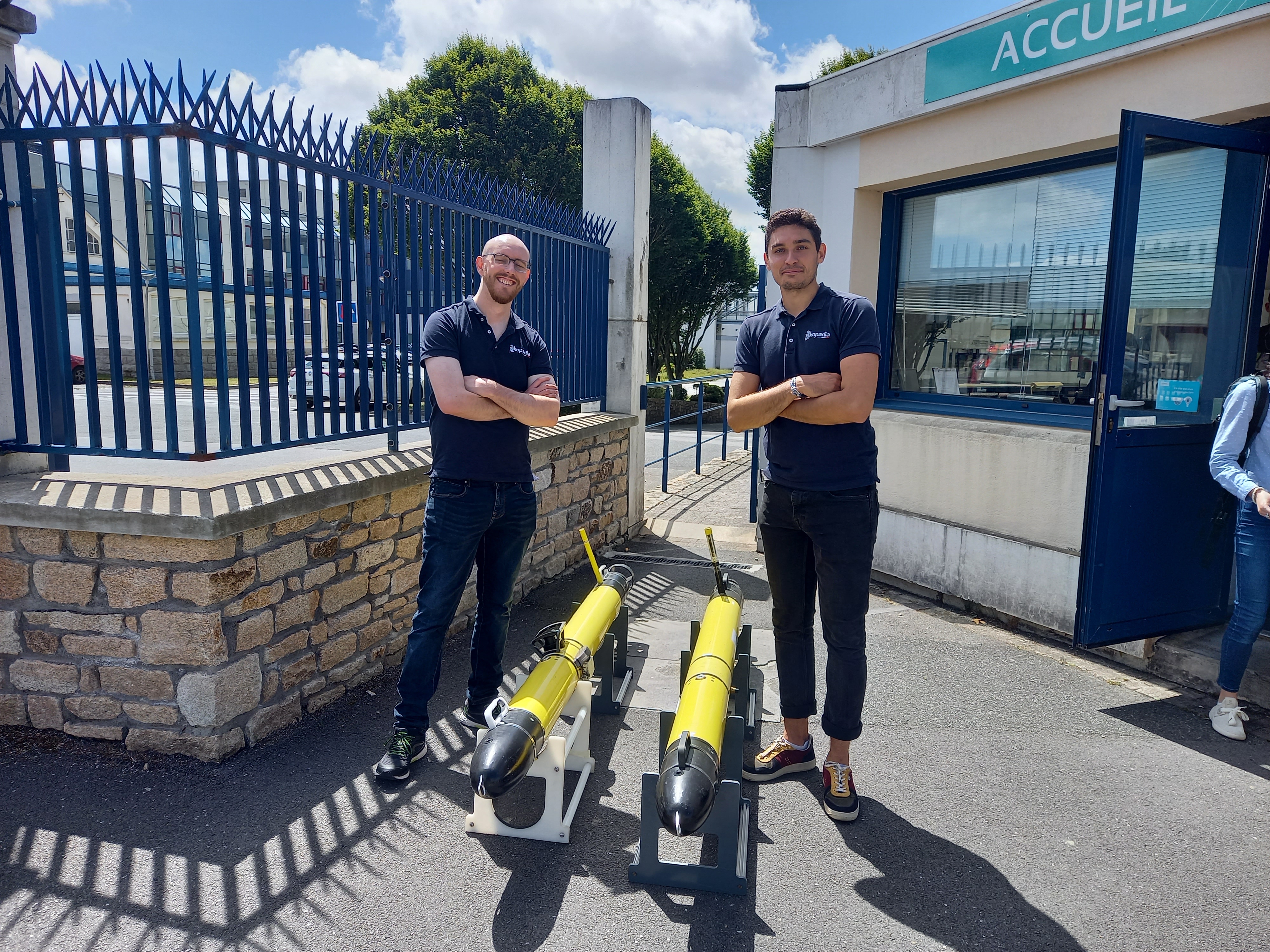
Julien et Paul Antoine : les AUV retournent à Kopadia


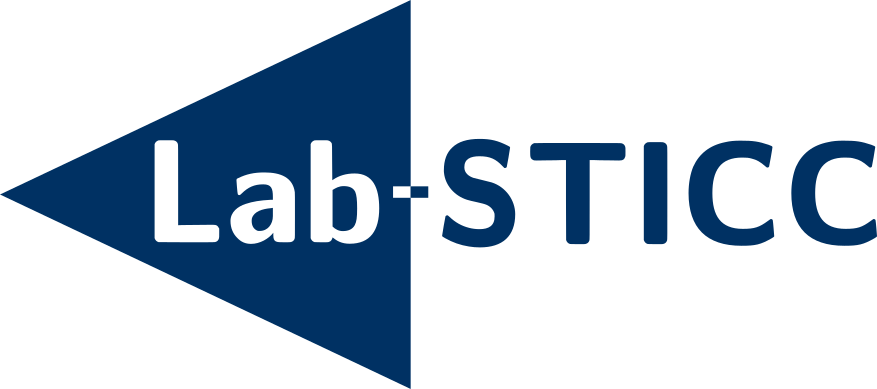
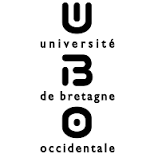
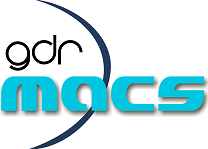

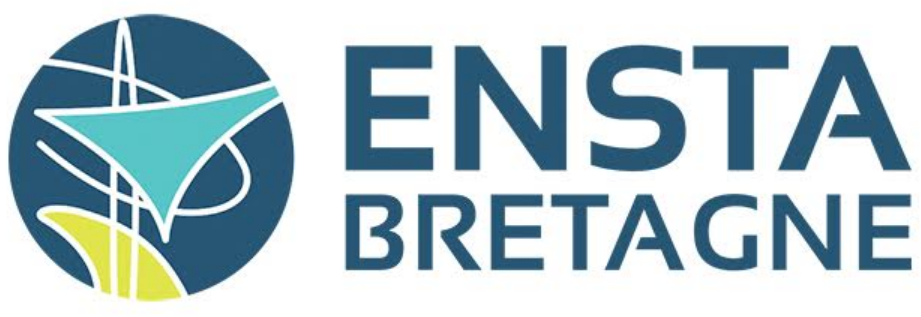
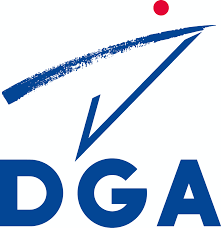
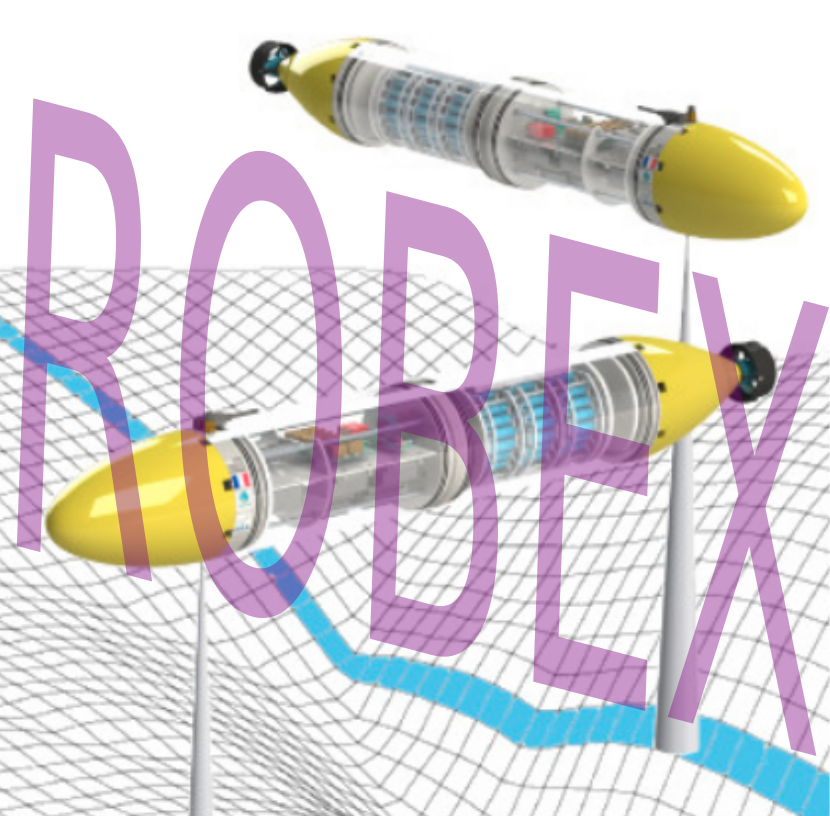
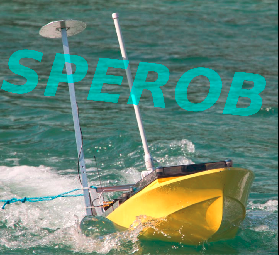
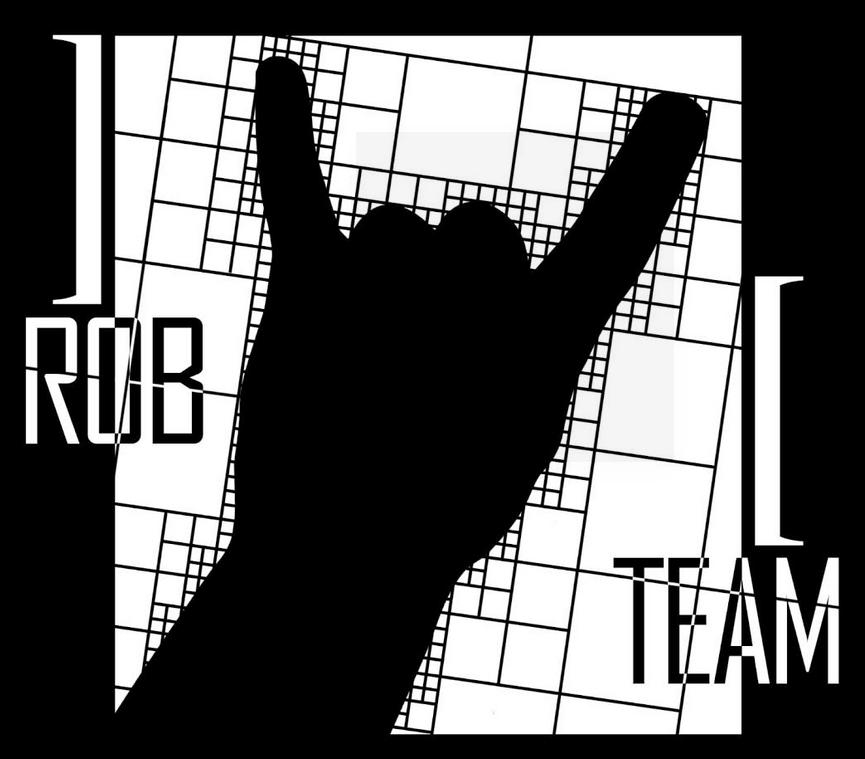
![]()
![]()
![]()
![]() Julien Damers, Luc Jaulin, Simon Rohou. Lie symmetries applied to interval integration,
Automatica (accepted).
Julien Damers, Luc Jaulin, Simon Rohou. Lie symmetries applied to interval integration,
Automatica (accepted).
![]() Julien Damers, Luc Jaulin, Simon Rohou. Guaranteed interval integration for large initial boxes,
SWIM 2019.
Julien Damers, Luc Jaulin, Simon Rohou. Guaranteed interval integration for large initial boxes,
SWIM 2019.
